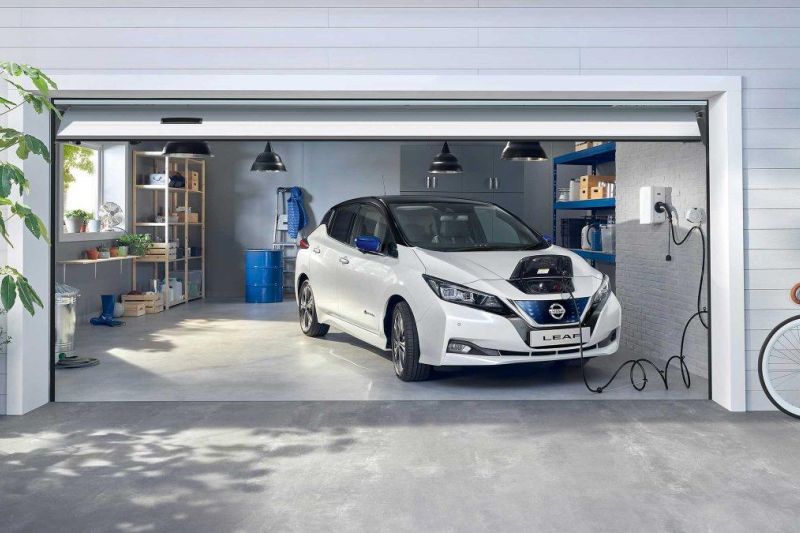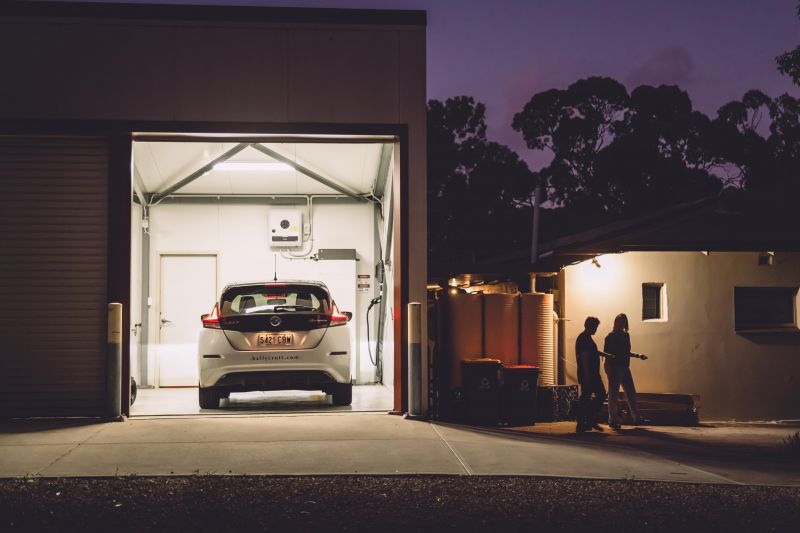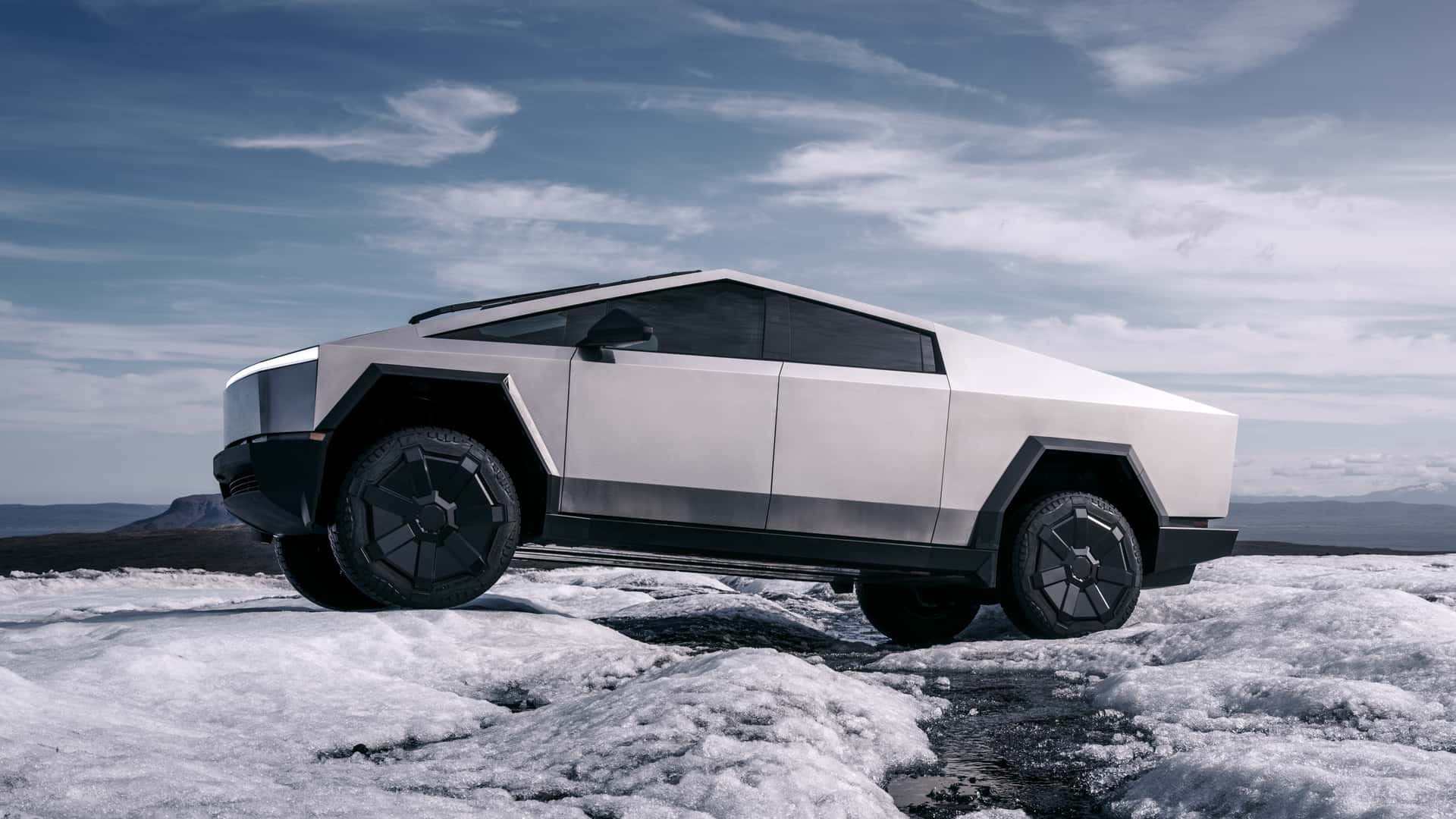As electric vehicles (EVs) become a common sight on Australian roads, concerns about the resilience of the national power grid are gaining traction. With increasing EV adoption, will our electricity network adapt effectively? Let’s delve into this critical question, exploring challenges, potential solutions, and insights from industry experts to understand the future of energy and mobility.
Challenges of Mass EV Adoption
Electric vehicles bring transformative potential to Australia’s transportation and energy sectors. However, this rapid shift introduces specific challenges:
- Peak Demand Pressure: Evening charging sessions could intensify stress on the grid, especially during peak consumption periods.
- Voltage and Frequency Instability: Sudden surges in demand may compromise grid stability, leading to power quality issues.
- Infrastructure Gaps: Existing infrastructure might struggle to accommodate widespread EV charging without substantial upgrades.
- Consumer Behavior Uncertainty: Charging habits and preferences remain unpredictable, making demand forecasting complex.
- Battery Degradation in V2G Systems: Vehicle-to-grid (V2G) technology, though promising, could impact battery life and create consumer resistance.
Addressing these issues requires innovative approaches, robust policies, and collaboration between stakeholders.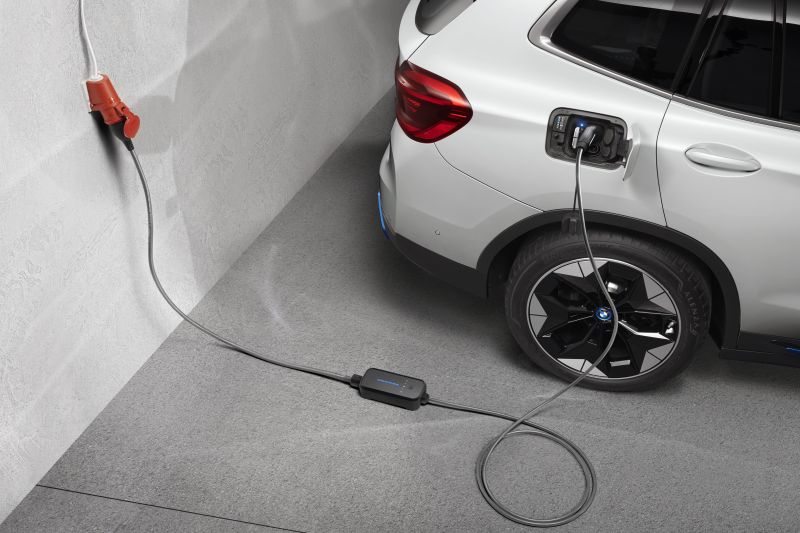
Solutions for Sustainable EV Integration
Experts suggest a combination of strategies to ensure the grid can support the EV revolution:
1. Demand-Side Response (DSR)
DSR involves incentivizing consumers to adjust their energy usage patterns to align with grid needs. For EV owners, this means charging during off-peak hours or when renewable energy is abundant.
- Consumer Incentives: Energy providers like Origin Energy offer reduced tariffs, such as 8 cents per kWh for off-peak charging. This makes charging a Tesla Model Y from nearly empty to full cost less than $5.
- Behavioral Shifts: Early adopters tend to favor mid-day and late-night charging, reducing strain on the evening peak. Experts believe similar trends will extend to mass adoption.
2. Vehicle-to-Grid (V2G) Technology
V2G systems transform EVs into dynamic energy assets. These systems allow vehicles to send power back to the grid during high-demand periods, contributing to stability.
- Expert Insight: Dr. Riccardo Pagliarella highlights that V2G-equipped EVs can react within seconds to grid needs, providing ancillary services like frequency regulation.
- Economic Potential: While earnings from V2G may not be substantial initially, they provide a financial incentive for participation.
- Challenges: Concerns about battery degradation and manufacturer warranties need resolution before large-scale adoption.
3. Smart Charging Infrastructure
Adopting smart charging solutions, such as EVSE (Electric Vehicle Supply Equipment) with built-in randomization, can mitigate risks.
- Mandated Randomization: Implementing random turn-on delays for chargers reduces sudden load spikes during off-peak hours.
- Global Inspiration: The UK’s Electric Vehicles Smart Charge Point Regulations mandate features like internet connectivity, off-peak prioritization, and cybersecurity protections.
4. Grid Modernization and Renewable Integration
Investing in grid modernization is essential to accommodate the variability introduced by EV charging.
- Solar-Powered Charging: Australia’s solar energy abundance positions it uniquely for workplace and mid-day home charging.
- Renewable Synergy: EV adoption can complement renewable energy use, balancing supply-demand mismatches during sunny or windy periods.
5. Policy and Regulation Enhancements
Harmonized policies across states can streamline EV infrastructure deployment and ensure consistent standards.
- Legislative Opportunities: Australia’s Greenhouse and Energy Minimum Standards (GEMS) Act could expand to include EVSE regulations.
- Collaboration Across States: Uniform standards for voltage and frequency tolerances, turn-on randomization, and consumer incentives can drive efficient adoption.
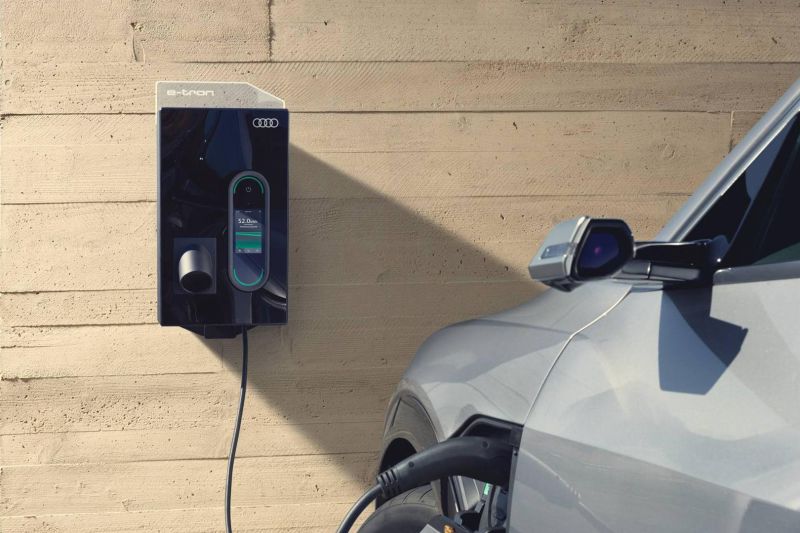
The Road Ahead for EV Integration
Experts agree that a combination of technology, consumer education, and government intervention is critical to achieving a seamless transition. Here’s what the future may hold:
- Proliferation of V2G-Ready Vehicles: With nearly 50 V2G-capable models expected in Europe, Australia is likely to follow suit.
- Enhanced Consumer Engagement: Transparent incentives and educational campaigns will empower EV owners to participate actively in grid management.
- Innovation in Battery Technology: Advances in battery durability could address concerns about wear and tear, bolstering confidence in V2G systems.
Australia stands at a crossroads in its journey toward sustainable transportation. By addressing challenges proactively and adopting a multi-faceted approach, the nation can position itself as a leader in EV integration. Collaborative efforts between energy providers, government bodies, and consumers will determine how effectively the grid can adapt to the EV revolution.
Whether through smart charging solutions, V2G technology, or robust policy frameworks, the future of Australia’s power grid lies in innovation and cooperation. With the right strategies in place, the grid can not only handle the EV surge but thrive as a cornerstone of the green energy transition.